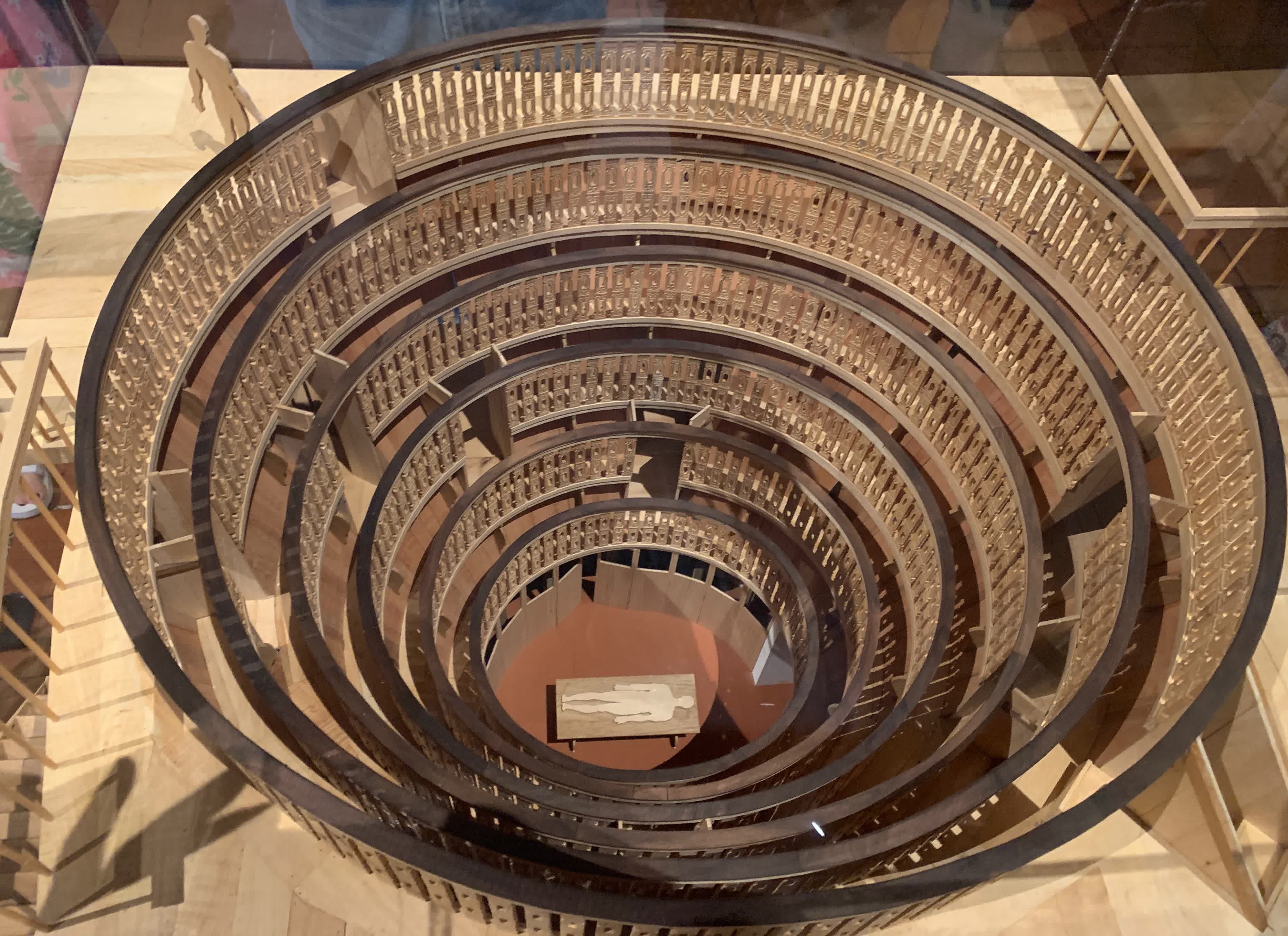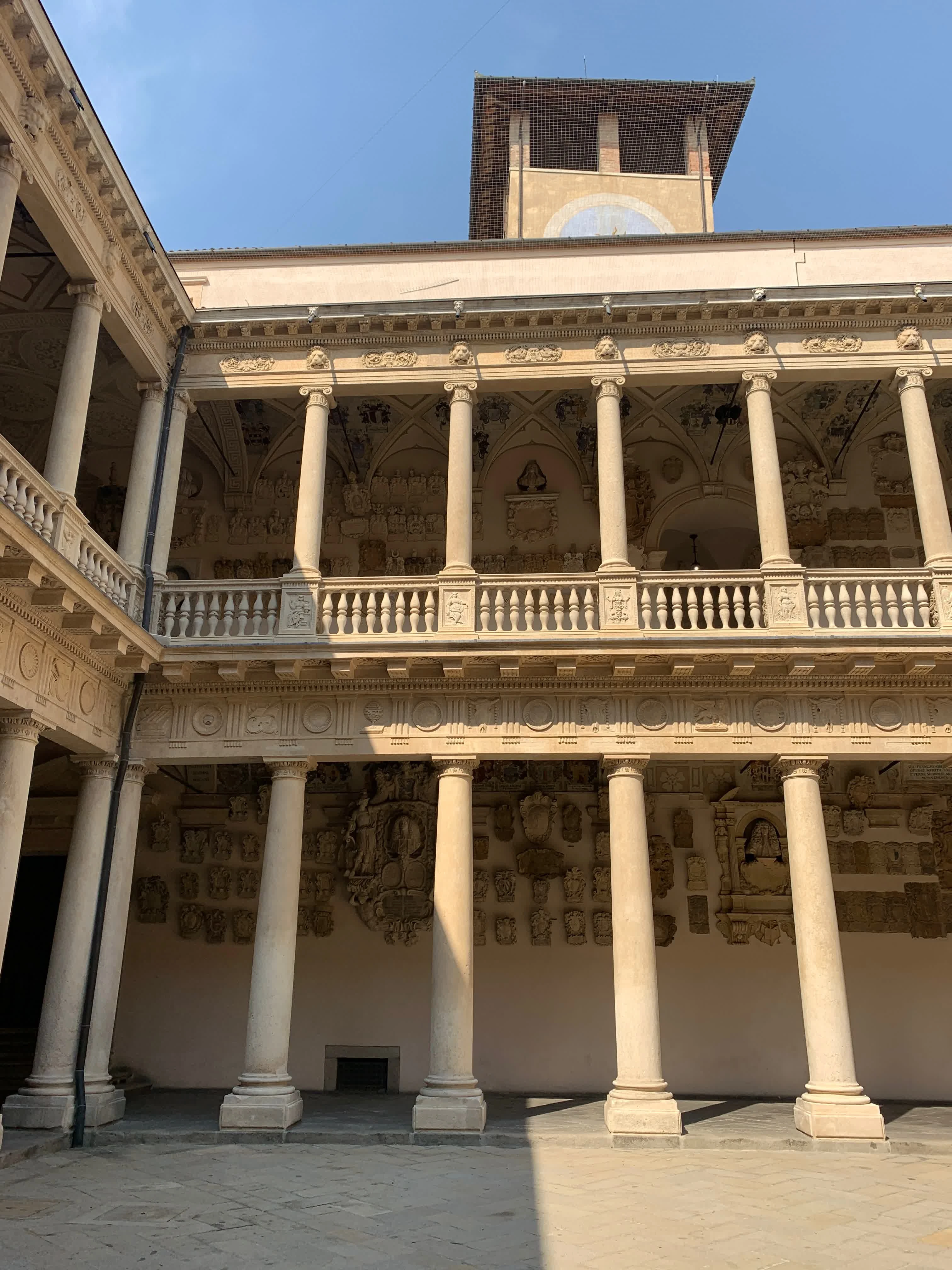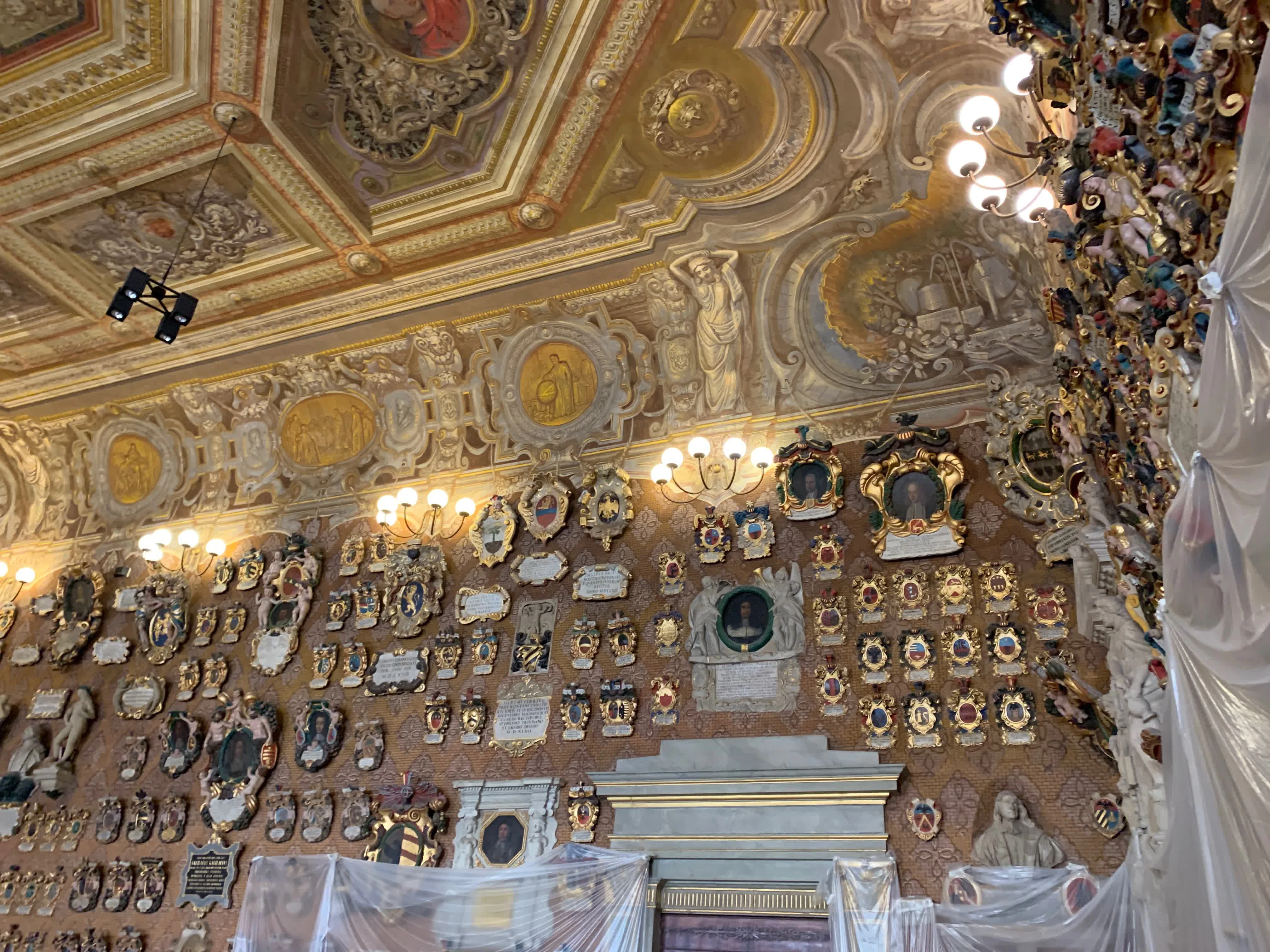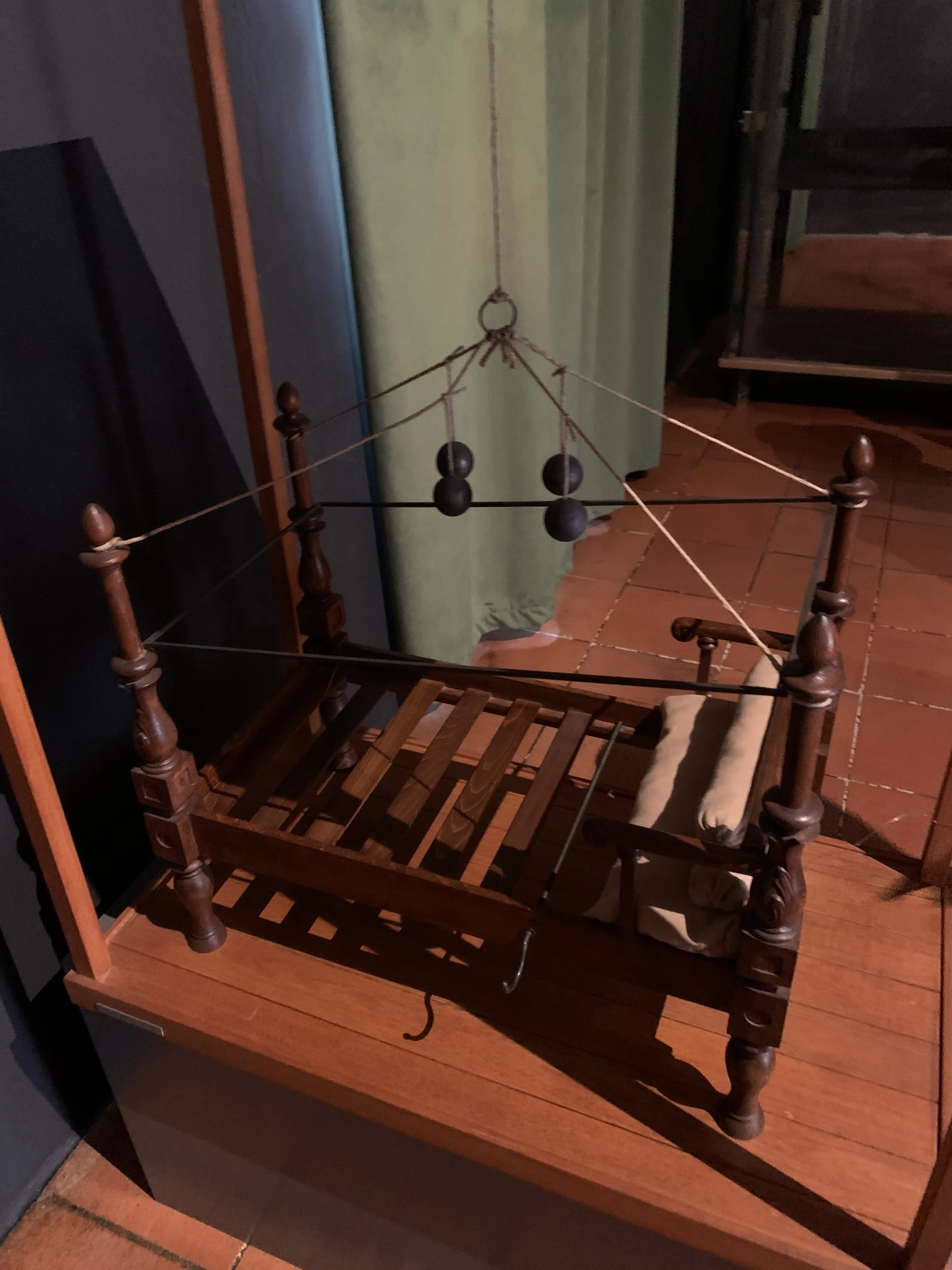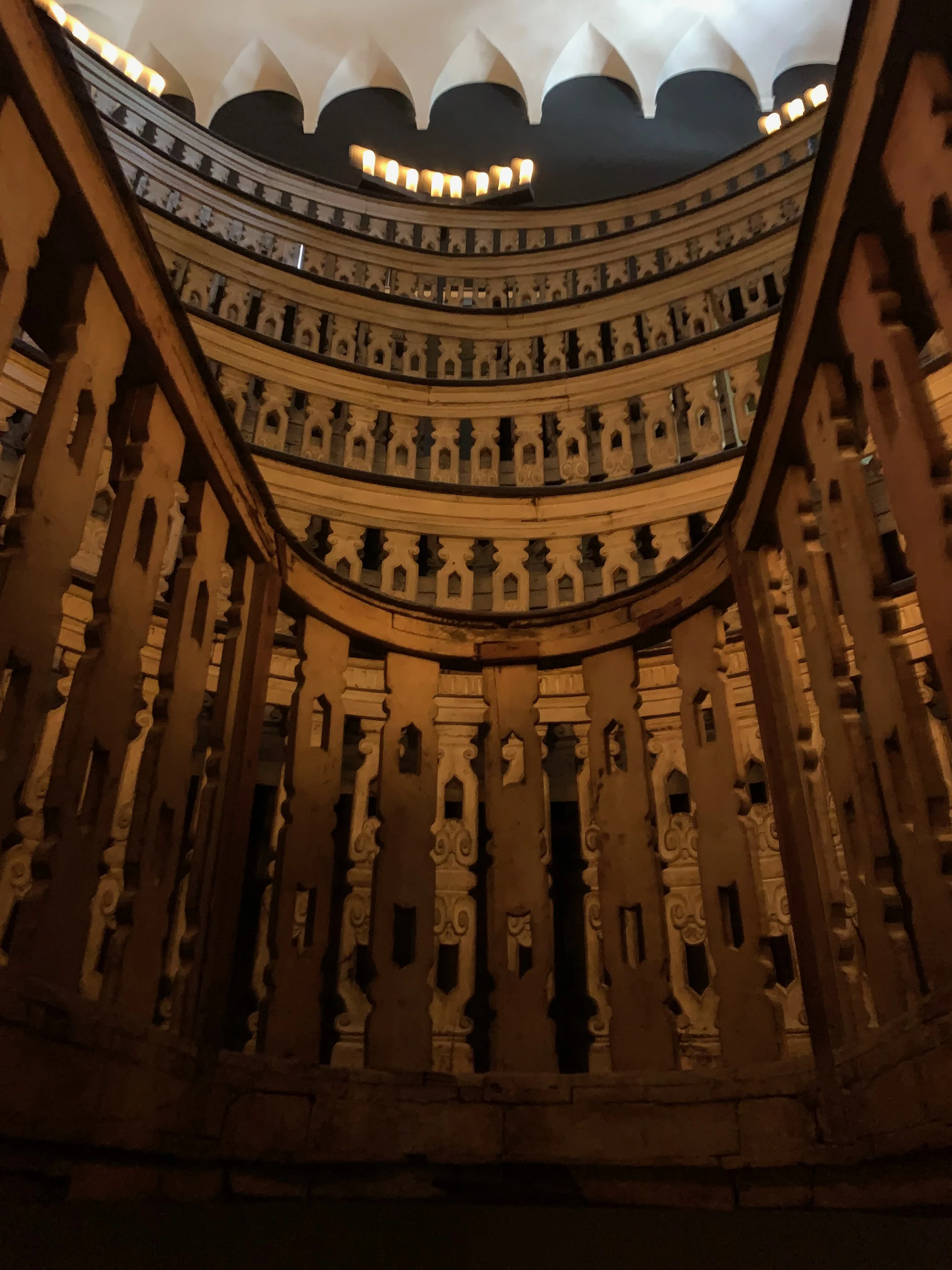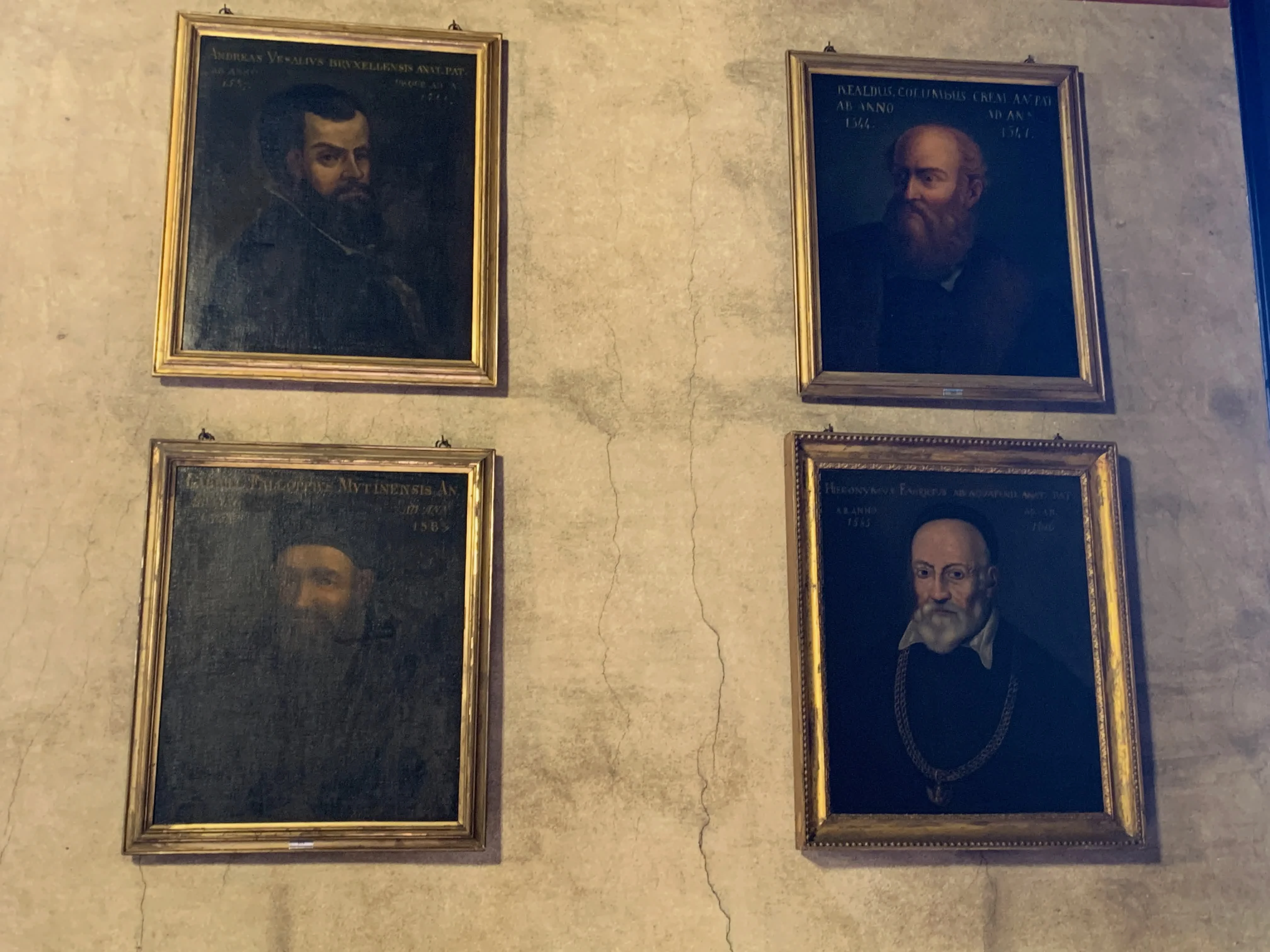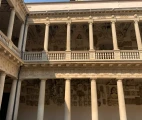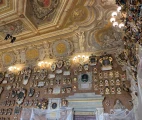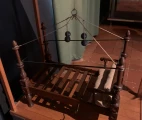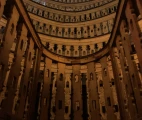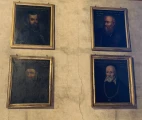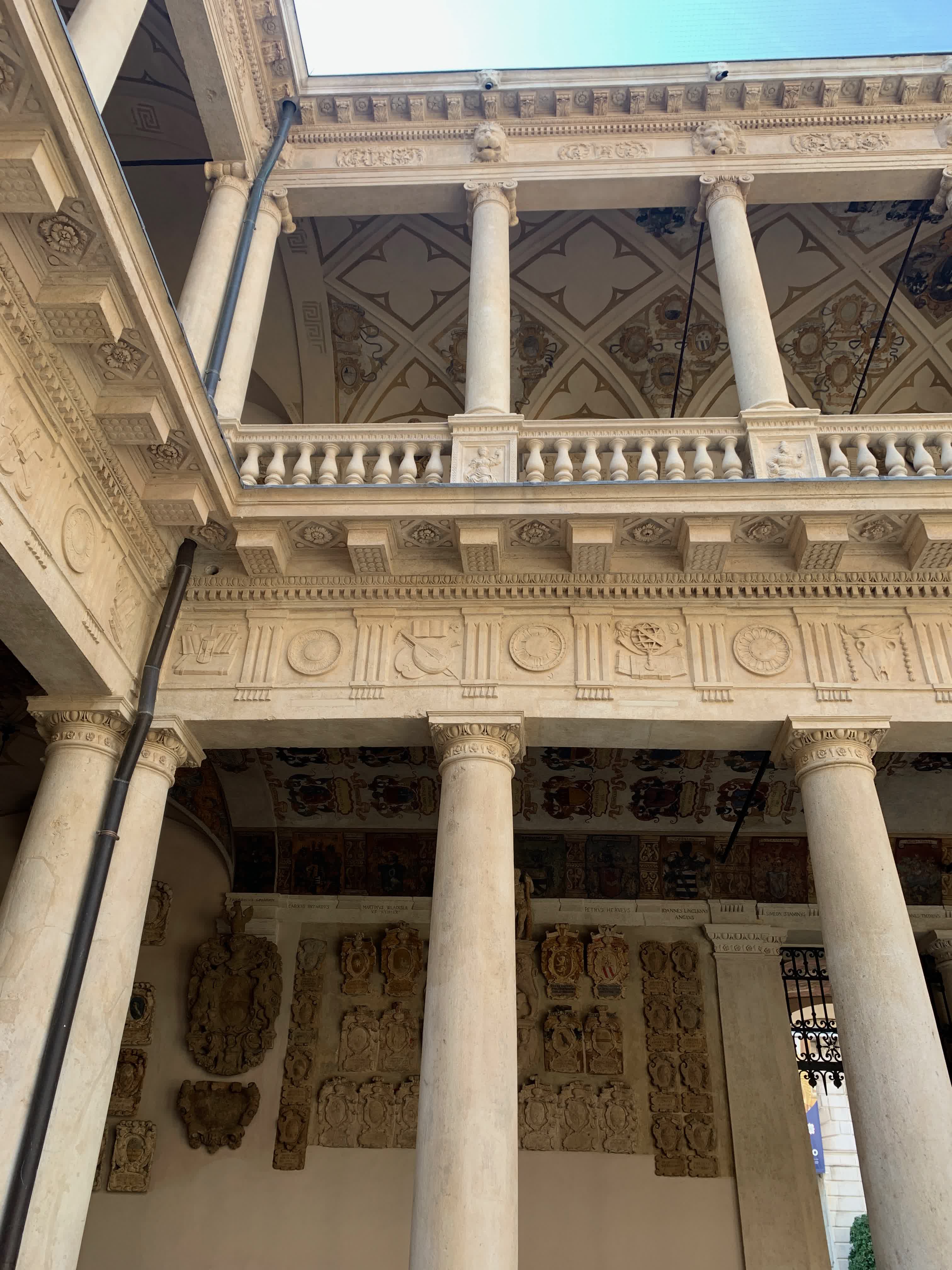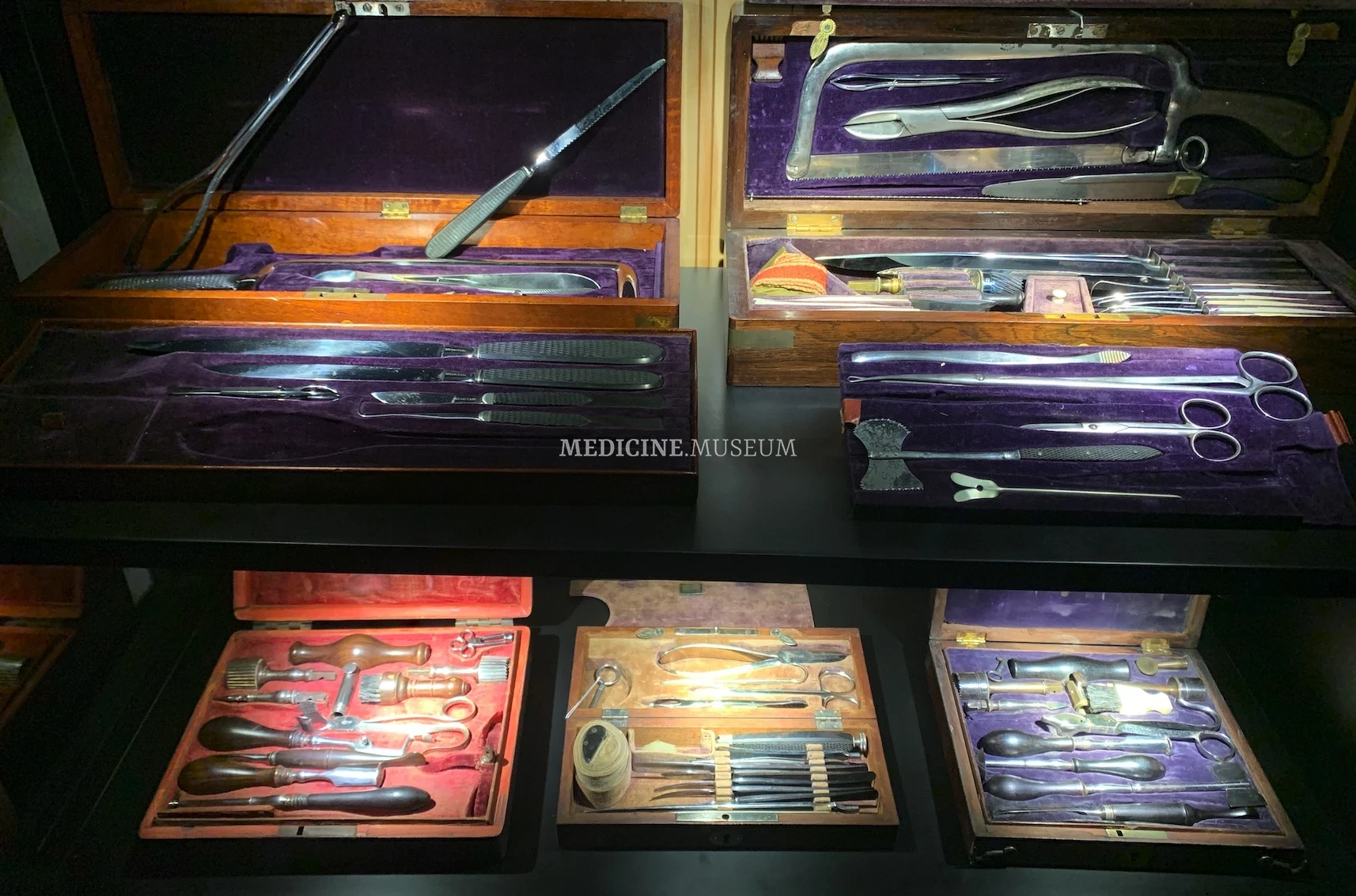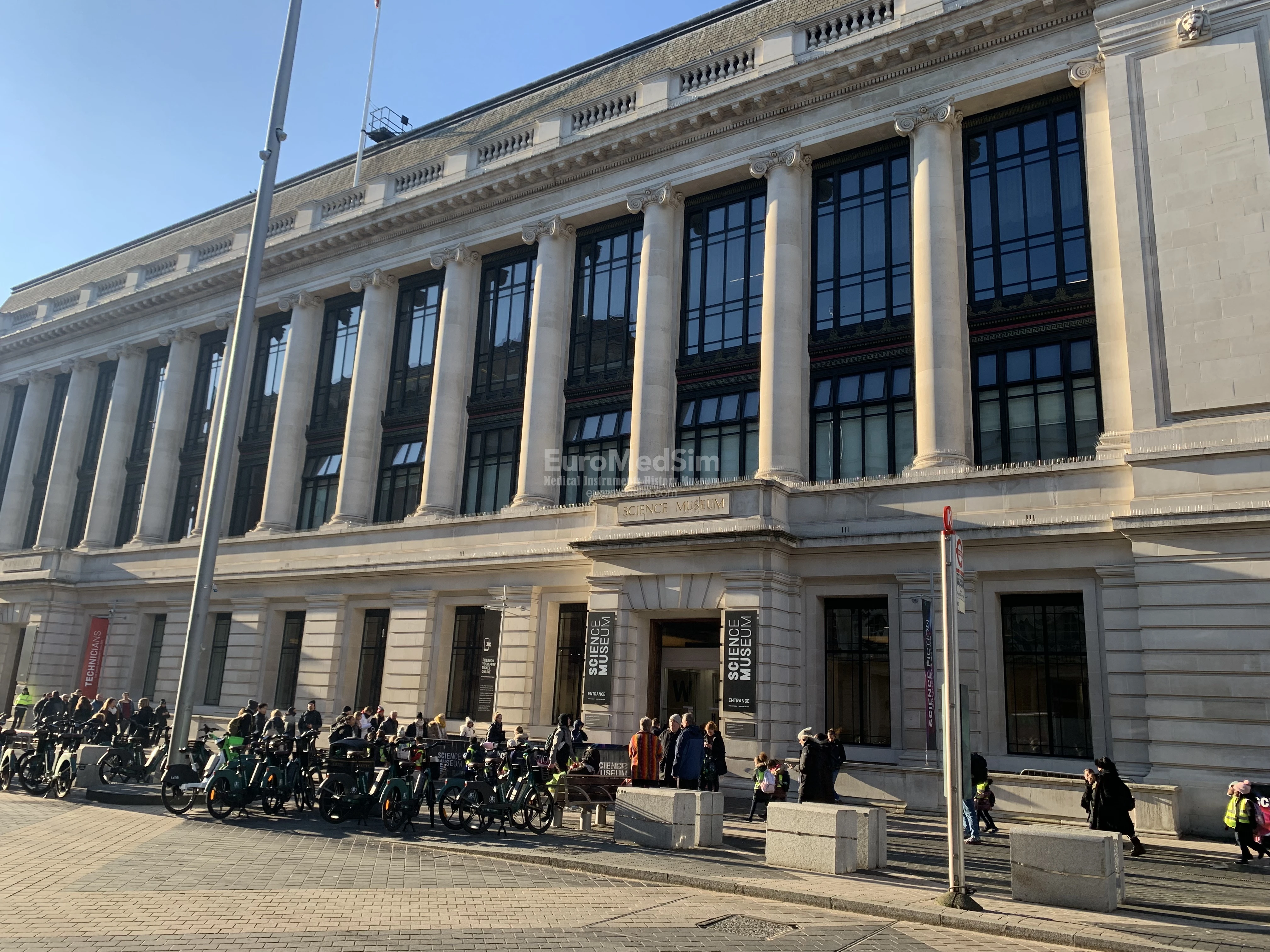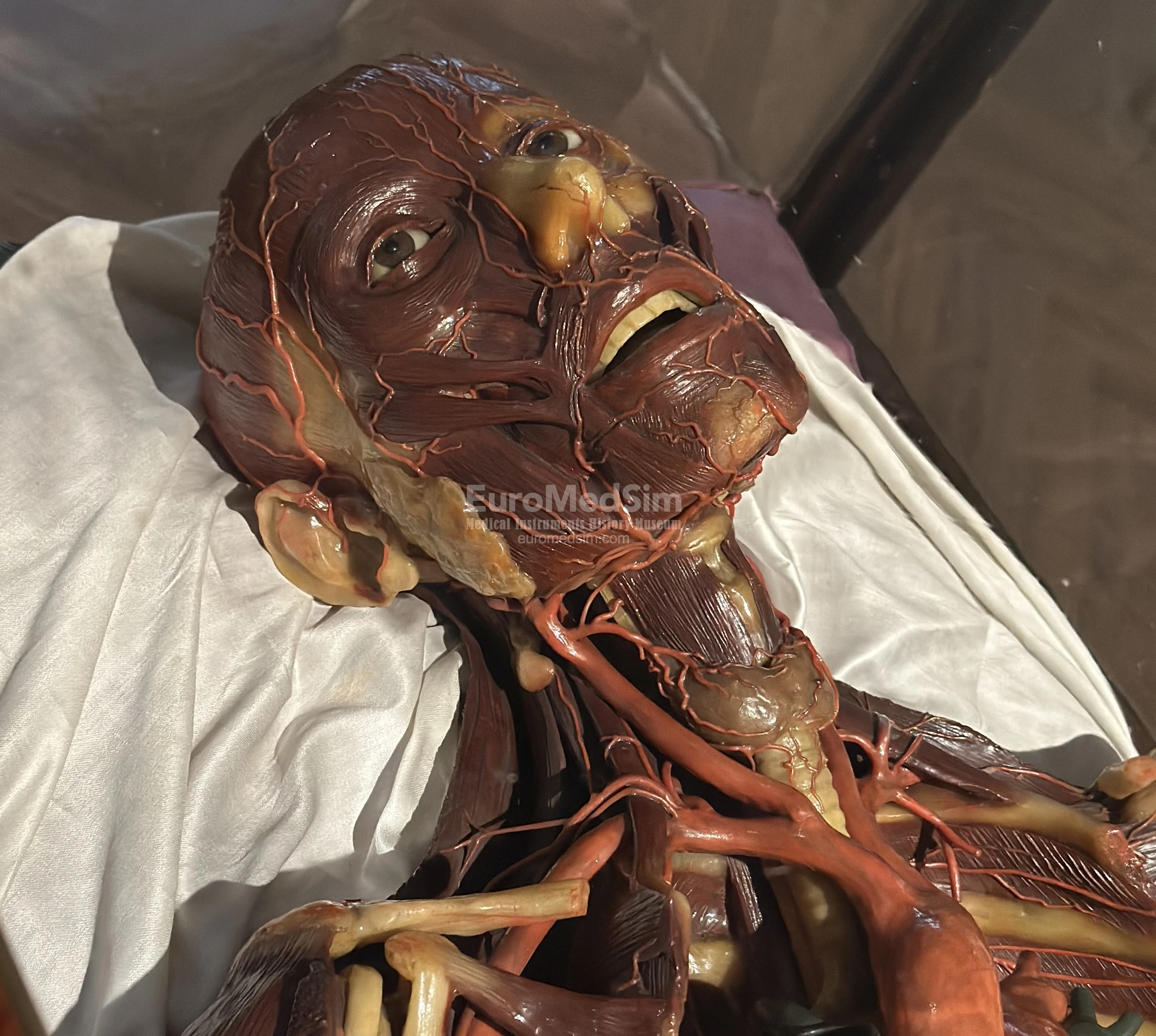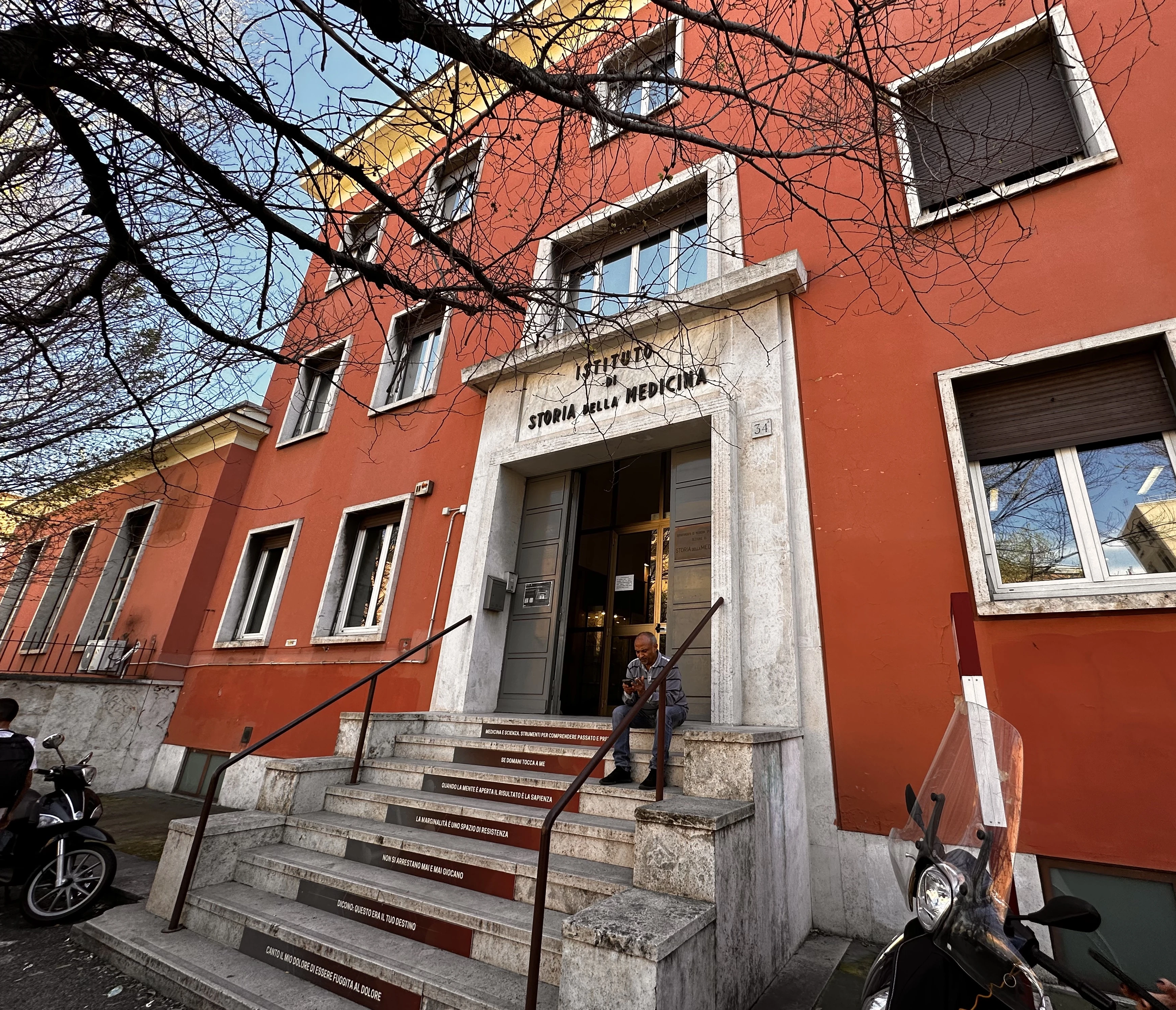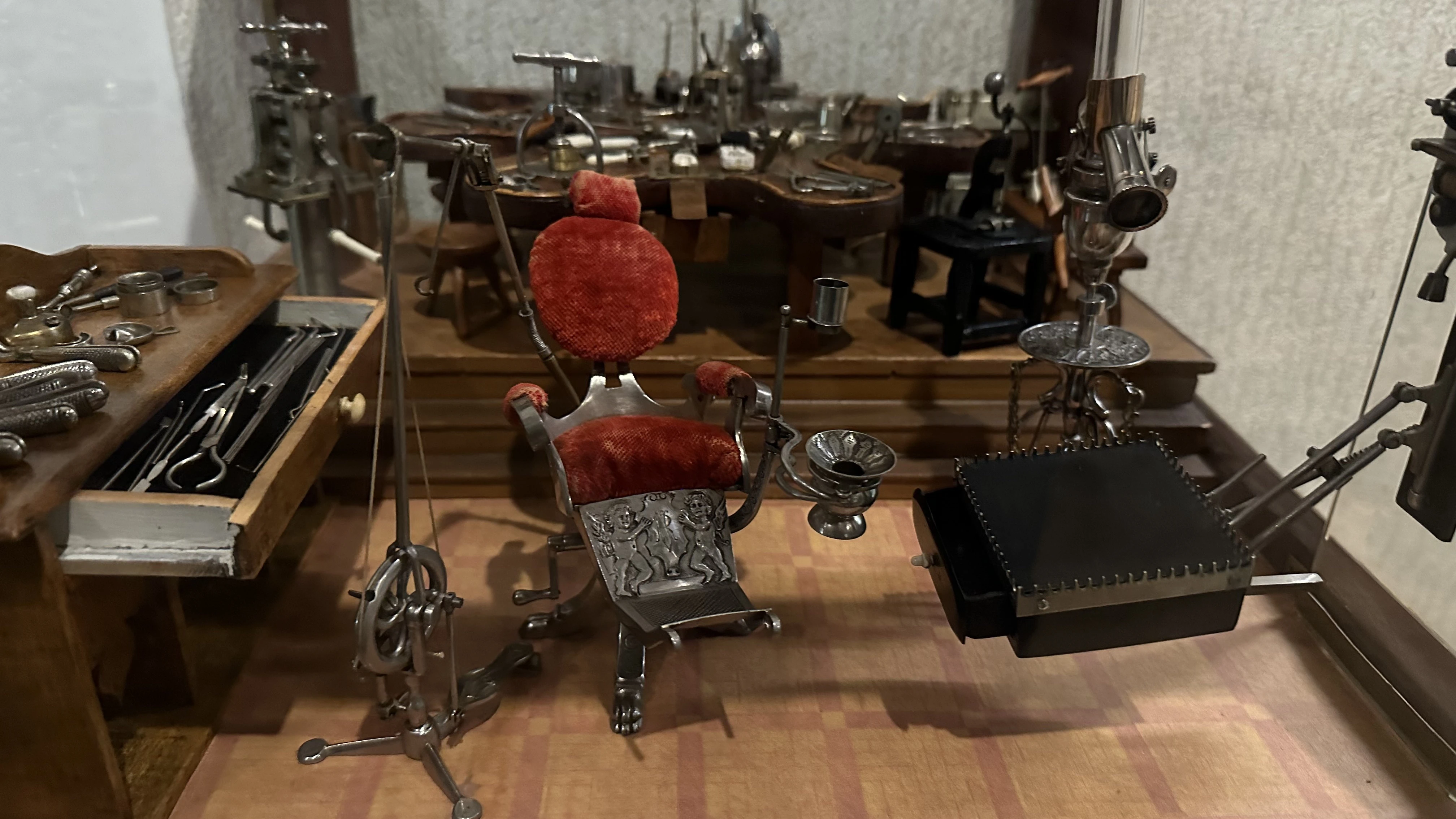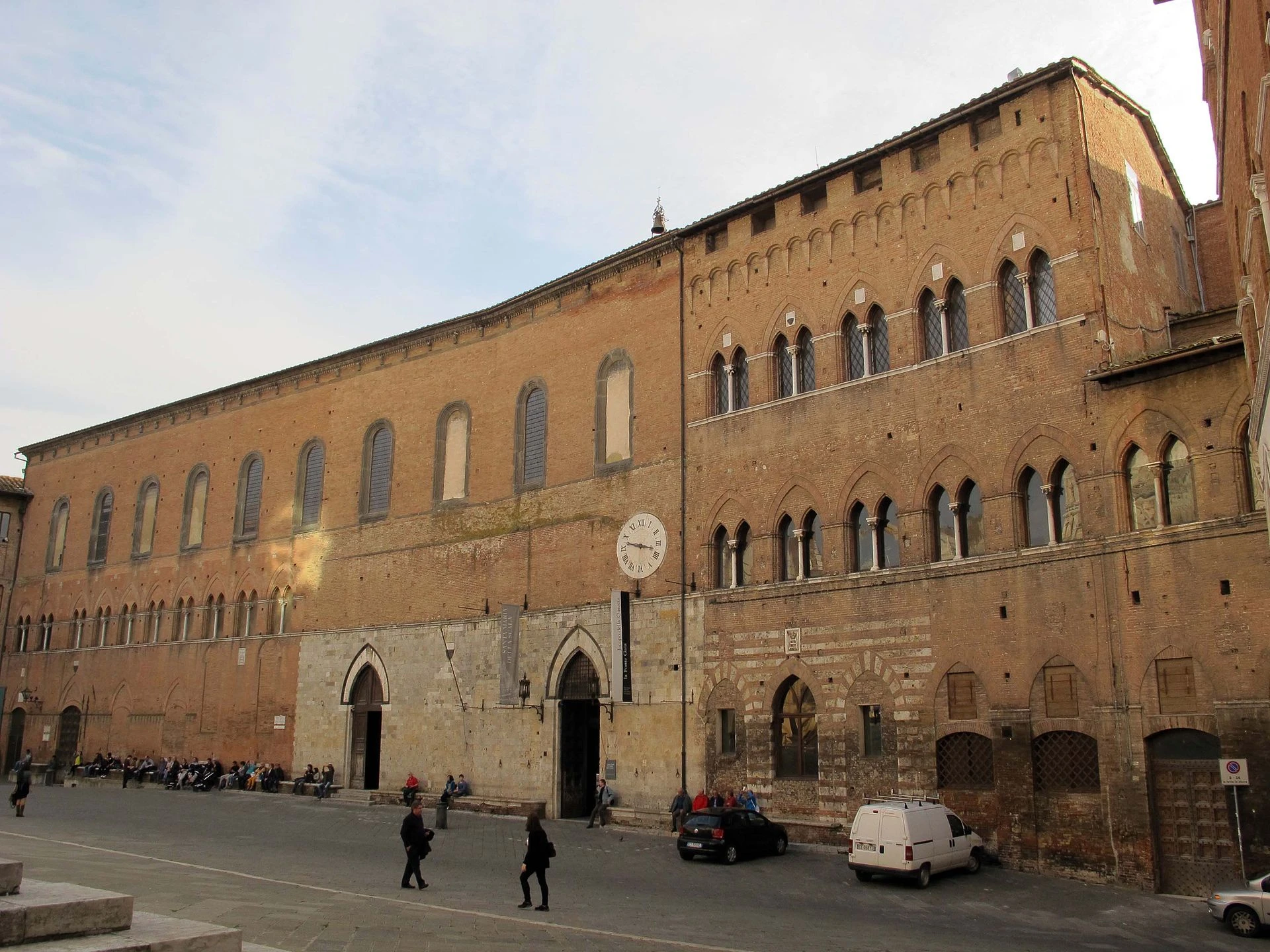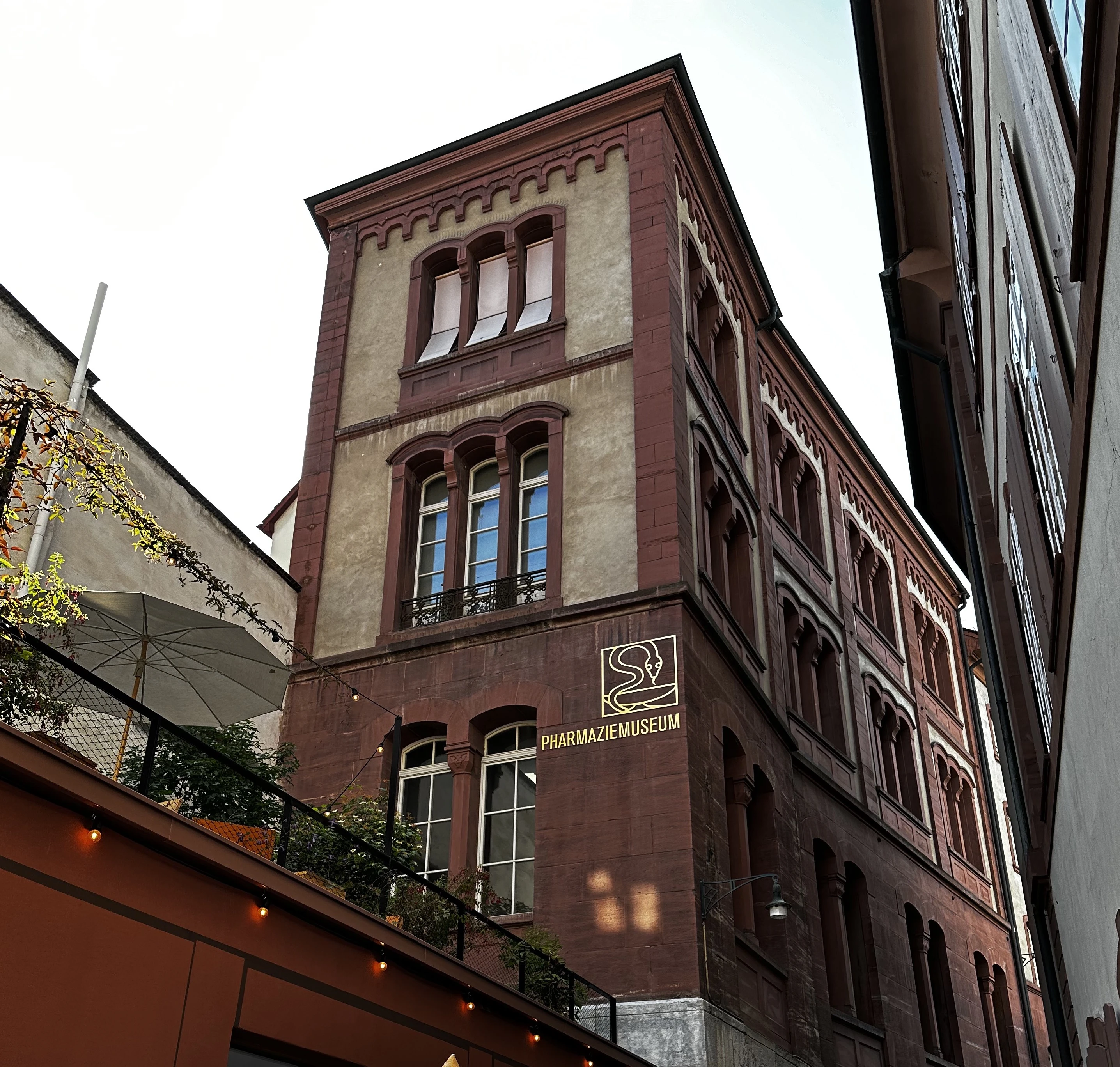Bo Palace (Palazzo del Bo e Teatro Anatomico) in Padua
Bo Palace (Palazzo del Bo) is the central piece of the Padua University. Established in 1222, the University of Padua is one of the oldest and most prestigious universities in the world. Its Medical Faculty has been a leading institution for medical studies for centuries. Perhaps the most famous alumnus of its Medical Faculty is Andreas Vesalius. The Anatomical Theatre of Padua, built in 1594 during tenure of Girolamo Fabrici d’Acquapendente, is the oldest surviving anatomy theatre in the world. It was here that many important dissections and lectures took place, attracting students from across Europe is the place for 16th-century Anatomy Theatre.
Why worth of visiting?
Visiting ancient Palazzo Bo in Padua (ital. Padova) provides a rich cultural and aesthetical experience, blending education, history, and art in a single location. The Bo Palace has a great historical significance – as the official seat of the University of Padua since 1539, it holds centuries of academic heritage, making it an important site for educational history.
The building showcases Renaissance architectural beauty, including the ancient Courtyard with its double loggia, designed by potentially Andrea Moroni, offering a glimpse into the aesthetic of that era. The Palazzo Bo is adorned with coats of arms and frescoes, including works by notable artists like Achille Funi and Gino Severini, which provide insights into the art and symbolism of different periods.
The oldest remaining Anatomy Theatre in the world, dating back to the 16th century, represents a significant development in medical education. It was a site where many anatomical discoveries were made. Visitors can stand in the same place where Renaissance scholars stood while conducting public anatomical dissections, under the watchful gaze of the public above them.
The Sala dei Quaranta houses Galileo’s Podium, making it a place of pilgrimage for those interested in the history of science and the works of this pioneering astronomer and physicist. The Great Hall (Aula Magna), used for ceremonies and once frequented by Galileo Galilei (1564–1642), connects visitors with the academic spirit and traditions that have been alive since the Middle Ages. It is still used during academical ceremonies and dissertation defensivo.
The grand staircase, stemming from the Courtyard, ascends to the upper floor. Here stands the imposing statue by Bernardo Tabacco, honoring Elena Lucrezia Cornaro Piscopia (1646–1684), who, in 1678, was conferred the title of Magistra et doctrix in philosophy by the university. Her story, the first woman to receive a university degree, is particularly inspiring, and her statue is a tribute to her achievements and the progressive history of the university.
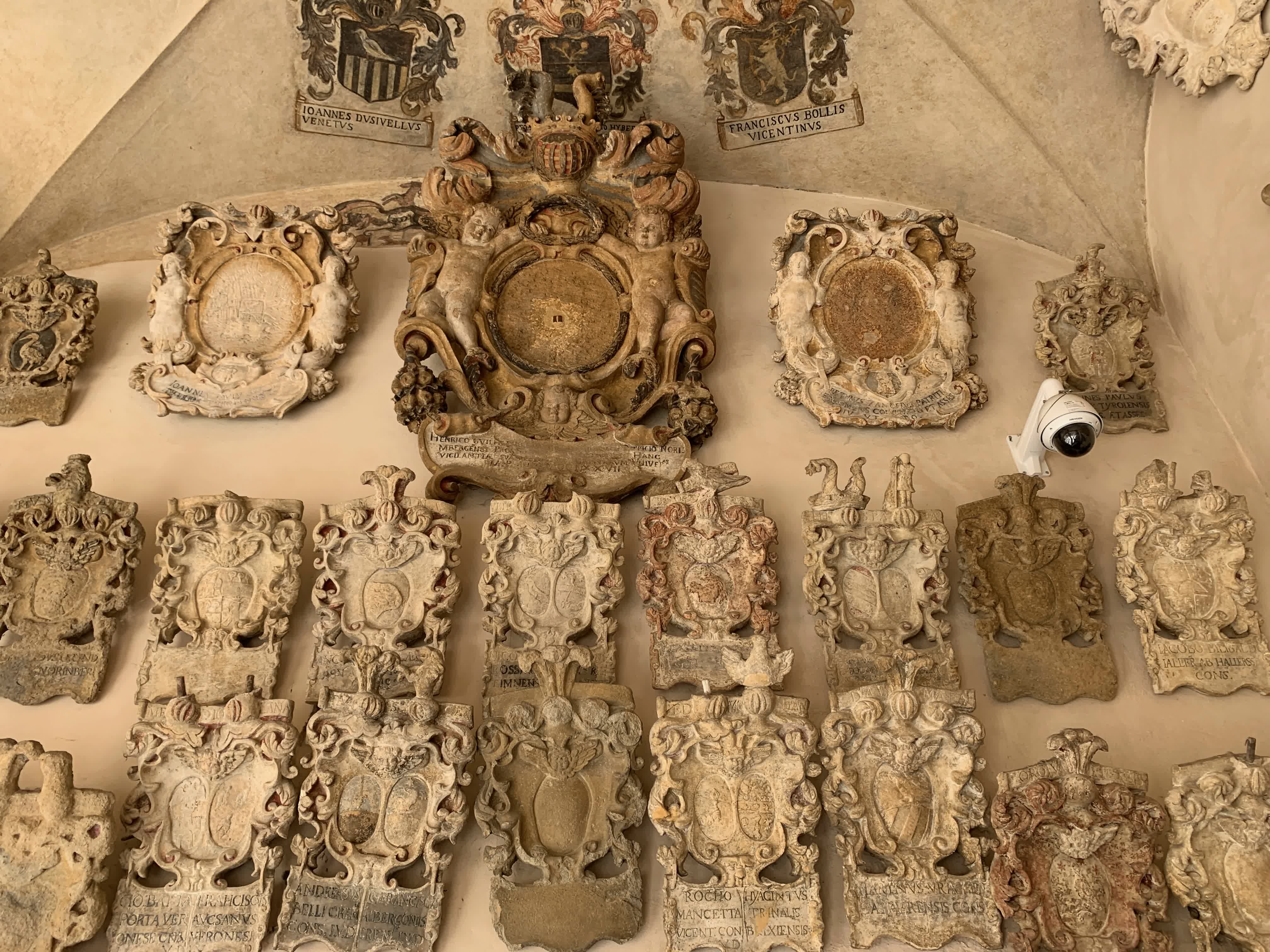
Famous professors and alumni
Andreas Vesalius (1514-1564), who is often referred to as the father of modern human anatomy, was both a student and later a professor at the University of Padua. After completing his studies, he was appointed as a professor of surgery and anatomy at Padua in 1537, where he conducted dissections and lectures that led to the publication of his monumental work, De humani corporis fabrica (On the Fabric of the Human Body, 1543), corrected over 200 mistakes made by Claudius Galen.
Gabriele Falloppio (1523–1562) succeeded Vesalius as a professor of anatomy at the University of Padua. Falloppio was known for his detailed anatomical studies and discoveries, including the fallopian tubes, and was an influential academic figure during his tenure.
Girolamo Fabrici or Hieronymus Fabricius ab Aquapendente (1537–1619) was a student at the University of Padua and later became a professor there. Fabricius is often referred to as the father of embryology and is known for his work on the venous valves. He was a teacher of William Harvey (1578–1657), who later published his seminal work on blood circulation titled Exercitatio Anatomica de Motu Cordis et Sanguinis in Animalibus (An Anatomical Exercise on the Motion of the Heart and Blood in Animals) in 1628. This book laid the foundation for the understanding of the circulatory system, describing how blood is pumped around the body by the heart.
Harvey definitely new another famous Padua professor – Galileo Galilei (, who lived from February 15, 1564, to January 8, 1642, served as a professor at the University of Padua. His tenure at the university spanned from 1592 to 1610, where he held the position of a professor of mathematics. During his time in Padua, Galileo made significant contributions to various fields, including astronomy, physics, and the development of scientific methods.
It is worth mentioning another groundbreaking book published the same year as the work of Vesalius – De revolutionibus orbium coelestium (On the Revolutions of the Celestial Spheres) by Nicolaus Copernicus (1473–1543), which transformed astronomy and laid its new foundations by proposing the heliocentric model of the universe. Like many other students at that time, Copernicus studied at several universities: he began his higher education around 1491 in the University of Kraków (now Jagiellonian University), studying liberal arts, including astronomy and mathematics, continued with canon law at the University of Bologna, where he deepened his interest in astronomy and Greek philosophy while acting as an assistant to the astronomy professor Domenico Maria de Novara. He pursued medical studies in the University of Padua from 1501 to 1503, though did not complete a degree. And in the University of Ferrara, Copernicus obtained a doctorate in canon law in 1503.
Some History on the building
Initially serving as a lecture space within the Hospitium Bovis (The Bull Hospital), the building was officially designated as the University of Padova's headquarters in 1539.
Renovation and expansion efforts commenced in 1522, but it was only in the latter half of the century that the palace evolved into its present-day form. Andrea Moroni, the Bergamo-born architect who was a prominent figure in Padua during that era, is speculated to have masterminded the construction of the original Bo edifice. However, this has not been explicitly documented.
Moroni is credited with constructing the venerable Courtyard. Designed akin to a monastic cloister, it features a dual-level loggia encircling the lecture rooms. The Courtyard, along with numerous other spaces and structures, was adorned with an array of coats of arms. These emblems, whether painted or sculpted in relief using wood or stone, symbolized the students, their lineages, and academics, and were added up until the late 17th century.
Ascending further leads to the Sala dei Quaranta, named after the 40 notable university alumni who resided in Padua from the 13th to the 19th centuries. Preserved within is Galileo’s Podium, the reputed site of the famed scientist’s lectures. Adjacent is the Great Hall, referenced as early as 1399 as part of the Hospitium Bovis and traditionally reserved for jurists, except for Galileo, who taught there due to his large student following. In the 1850s, the hall transitioned to ceremonial use only, leading to its ornate ceiling decoration and spatial reorganization by Milanese architect Gio Ponti in 1942.
Adjacent to the Courtyard's upper loggia is the 16th-century Anatomy Theatre, erected during Girolamo Fabrici d’Acquapendente’s tenure. This leads to the Medicine Hall, now a venue for student dissertations. The room showcases frescoes by futurist painter Achille Funi from 1942 and furniture by Gio Ponti. It houses a reliquary with the skulls of seven professors who donated their remains to science. A corridor connects this hall to the Law Hall, which was frescoed in the 1940s by Gino Severini using a neo-cubist style for the shutter decorations, crafted by Fulvio Pendini.
